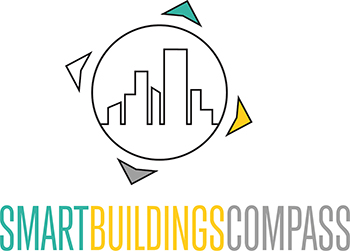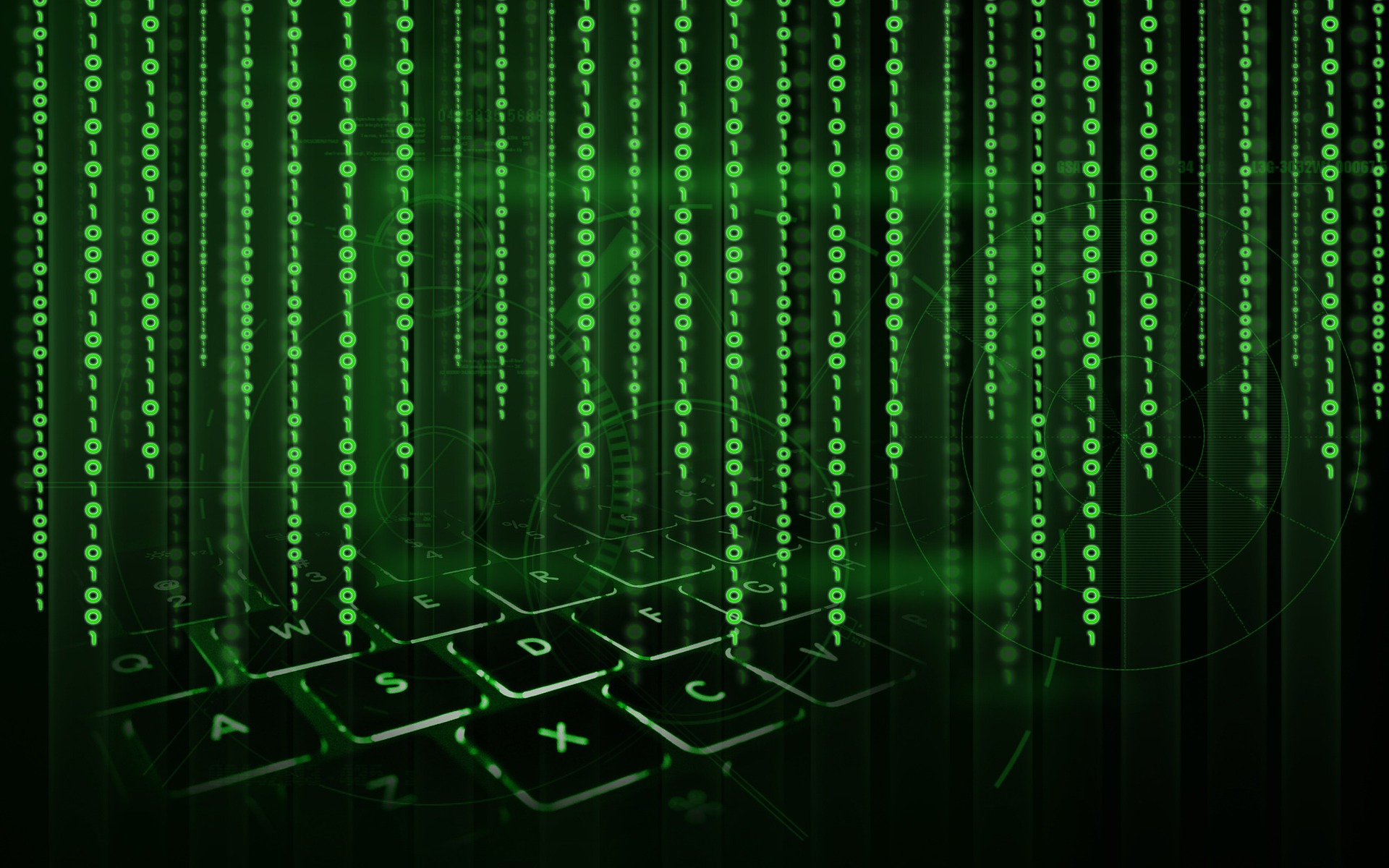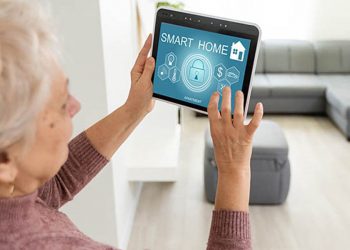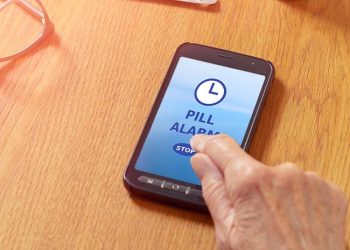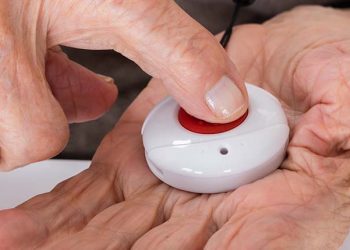Digitalization has had and continues to have a major impact on us: on the way we live, shop and work. But what does “digital” actually mean?
The term goes back to the Latin word “digitus” for finger. Technically, it means that information is only represented by a limited number of digits. For computers, exactly two digits are sufficient for data processing: 0 and 1. Together they form the binary system. The binary system is represented in the computer by switching states: switched on means 1, switched off means 0. All digital devices are based on this principle.
Incidentally, the binary system was developed long before the first computer, by the German philosopher and mathematician Gottfried Wilhelm Leibnitz (1646-1716).
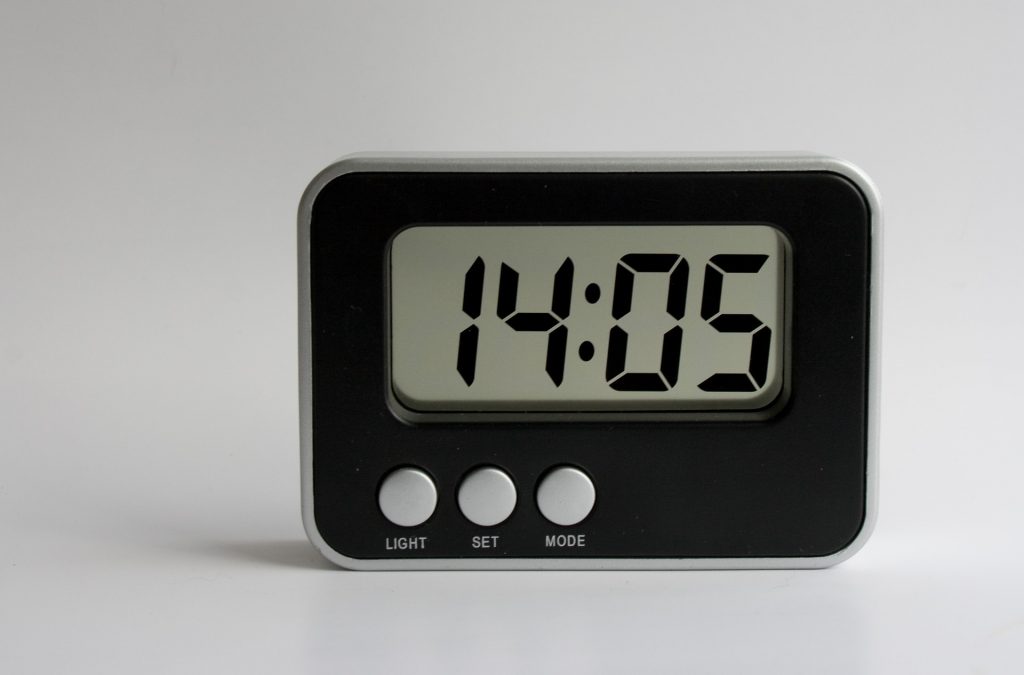
“Digital” refers to a device that can encode and decode coded signals and characters. This allows digital content, such as digital media, to be read and played back.
Nowadays, the term is also used as a synonym for information technology (IT) or simply for new technologies that differ from analog technology, such as smart TVs or digital watches.
Author: Anja Herberth
Chefredakteurin
